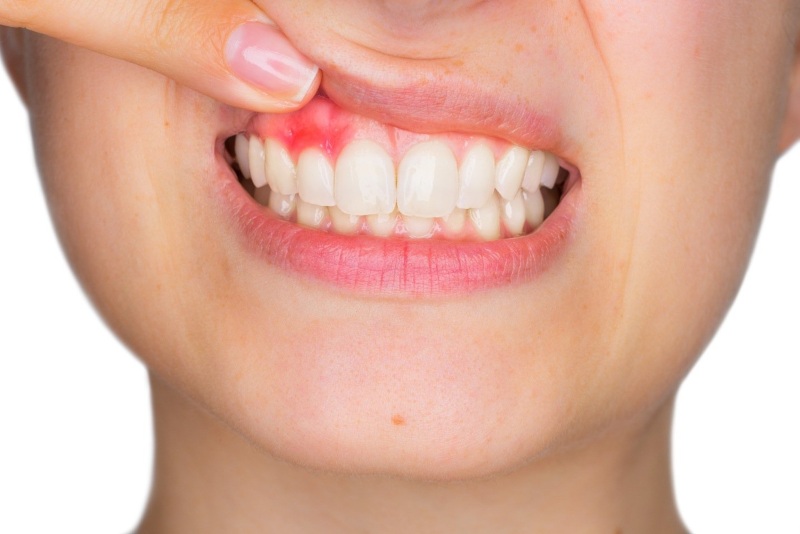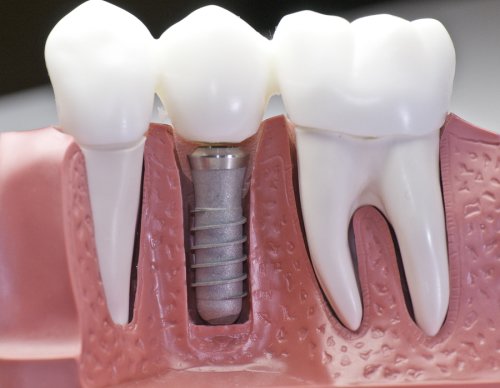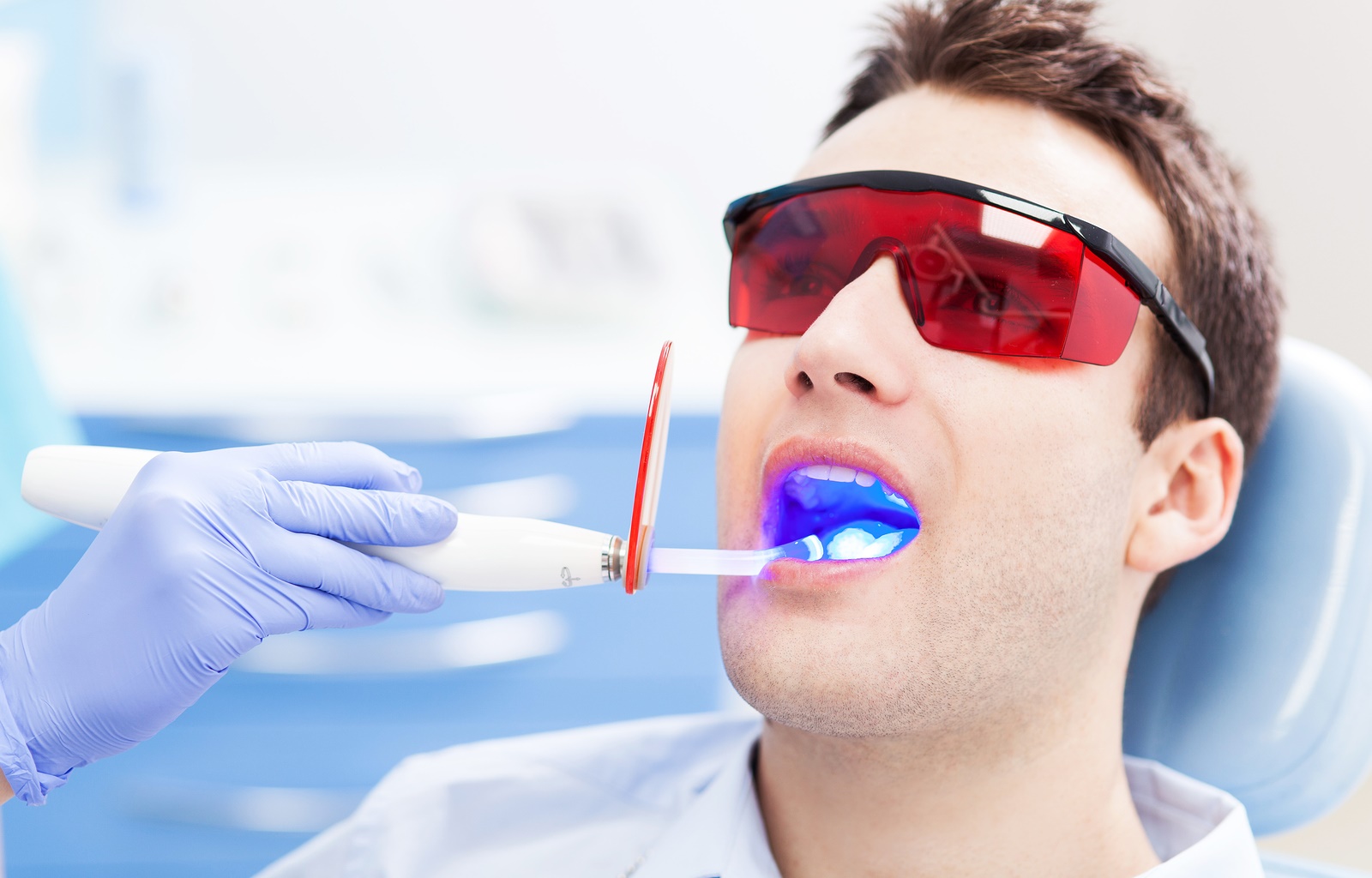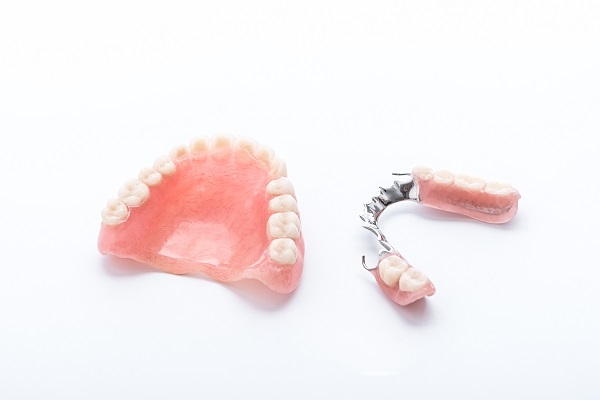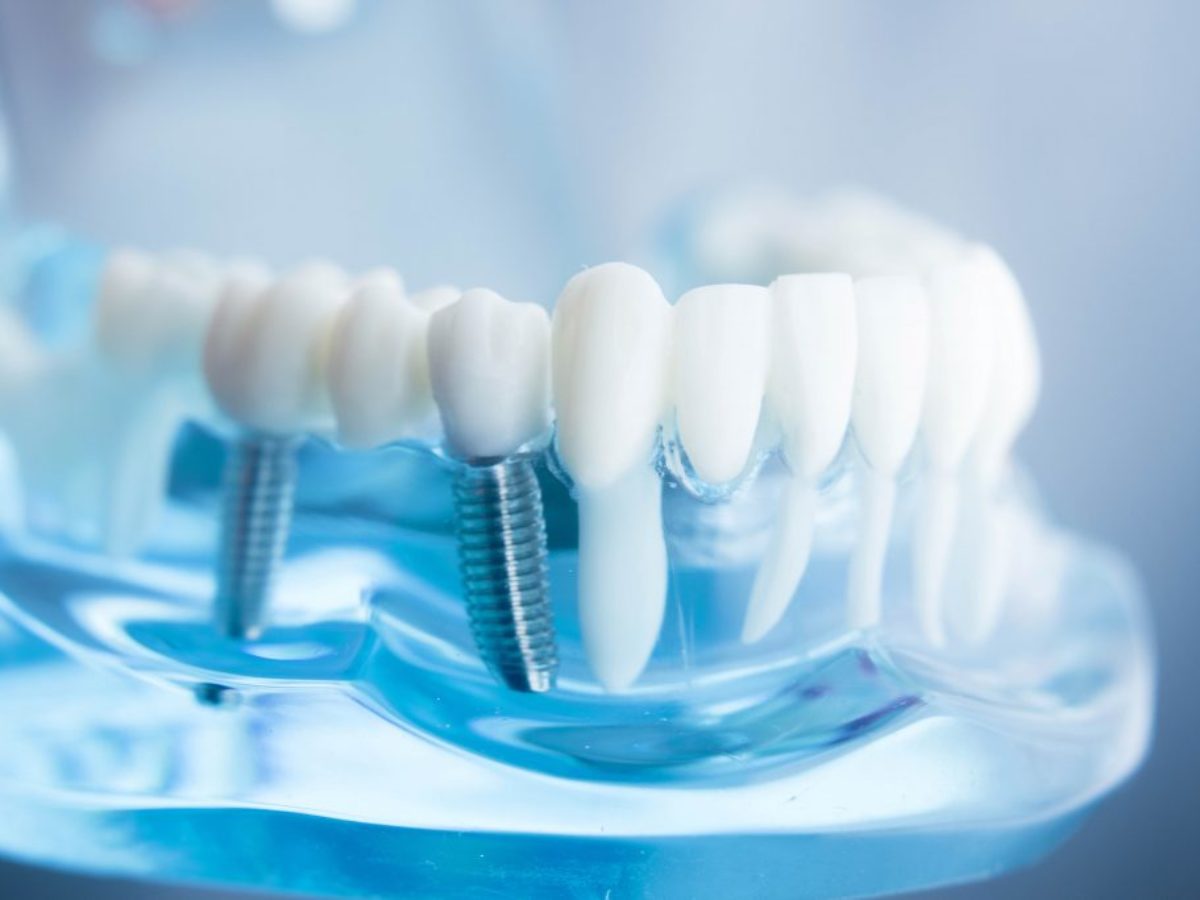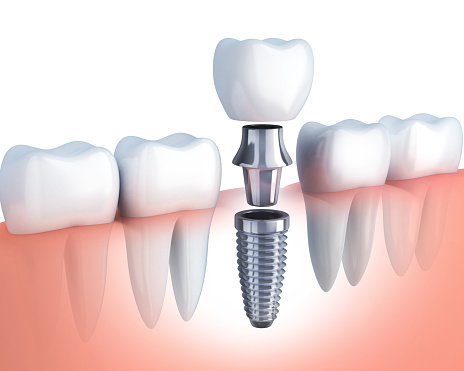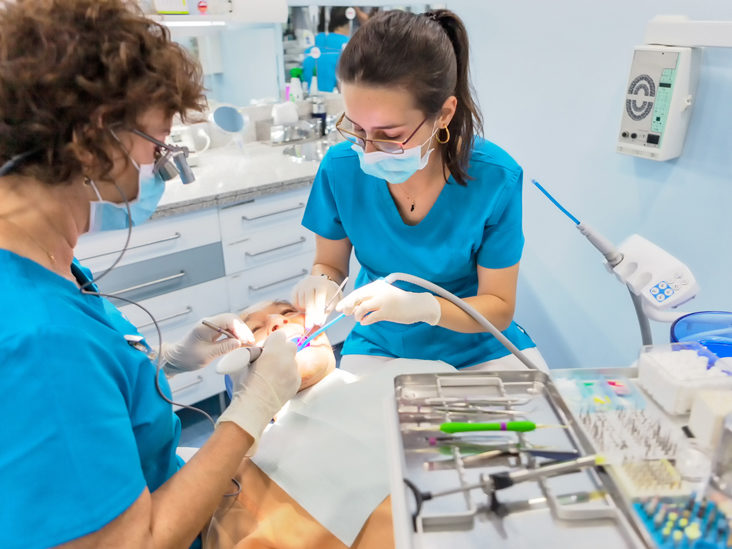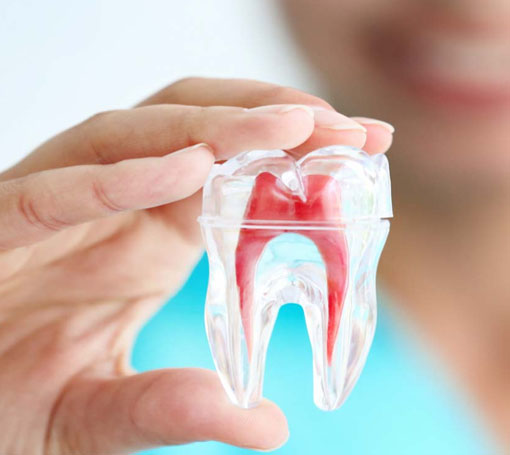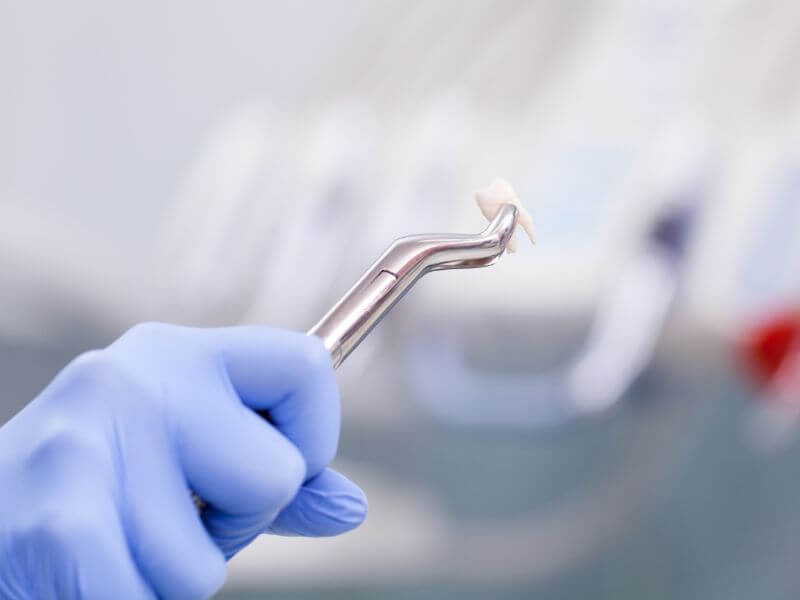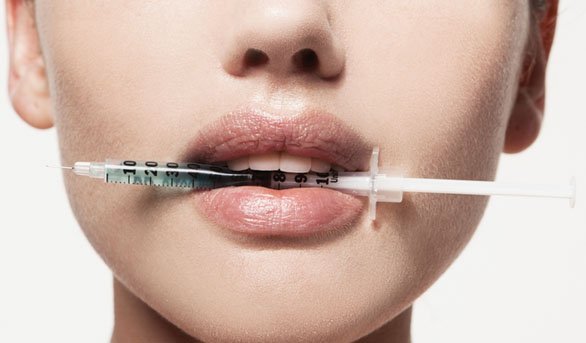While permanent teeth should last a lifetime, there are various reasons why they may need to be extracted. One of the most common reasons is because a tooth has been damaged beyond repair due to trauma or decay.

When Is Tooth Extraction Necessary?
Dentists sometimes have to extract teeth to prepare the mouth for orthodontic treatments. The purpose of orthodontics is to realign your teeth properly. This is difficult if your teeth do not have the space they need to be properly aligned.
Wisdom teeth, also known as your 3rd molars, are other teeth that are commonly extracted. This can be necessary if the wisdom tooth cannot emerge through the gums due to lack of space in the mouth. In other cases, the wisdom teeth may be too far back in the mouth for proper homecare. Extracting them can prevent future periodontal and decay issues which could compromise the neighboring teeth.
Possible InfectionDecay or injury affecting the pulp, which is the soft tissue at the core of the tooth that contains nerves and blood vessels, can cause germs from the mouth to infect it. These types of infections are usually treated with root canal therapy (RCT). However, if the infection is severe enough that antibiotics are ineffective, the tooth may need to be extracted to prevent the infection from spreading.
Periodontal Infection (Gum Disease)There may be a need to extract a tooth or several teeth if they are affected by periodontal disease. Perio disease is an infection of the tissues and bone around the teeth that over time causes bone loss. If untreated, the teeth eventually become loose and extraction is the only remedy in this case.
What to Expect During an Extraction?
Tooth extractions are performed by dentists or oral surgeons. The dentist will administer a local anesthetic to numb the region where the tooth will be extracted. The dentist may also use a more powerful anesthetic in some cases. This will ensure you feel no discomfort during the procedure and allow you to relax.
If the tooth is fully erupted, the dentist will directly grip the tooth with forceps and softly move it back and forth to free it from the lower jaw and ligaments holding it in position. An impacted tooth requires the dentist to make an incision in the gum covering it before proceeding with the extraction procedure. Keep in mind, a more difficult-to-pull tooth may need to be extracted in segments and dissecting the tooth may be necessary in order to remove it.
In most cases, you will simply be sent home to rest after an extraction. The recovery process normally takes a few days one to three days and someone will be available to you if any questions or concerns should arise.
With over 30 years of experience offering exceptional dental services to our community, at Cheyenne Mountain Dental Group, we are still continuing our journey, under the leadership of Dr. Stephen Davis along with Dr. Bill Bertsch. For more details and appointments, call us at (719) 576-3276, book online, or visit us directly at 3605 Star Ranch Rd, Colorado Springs, CO 80906.






